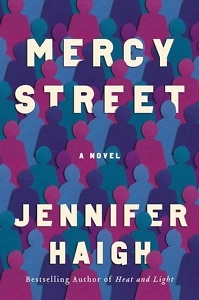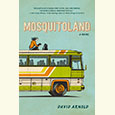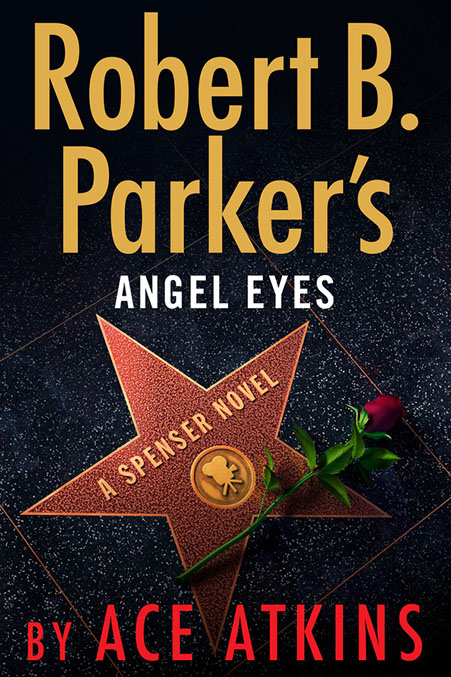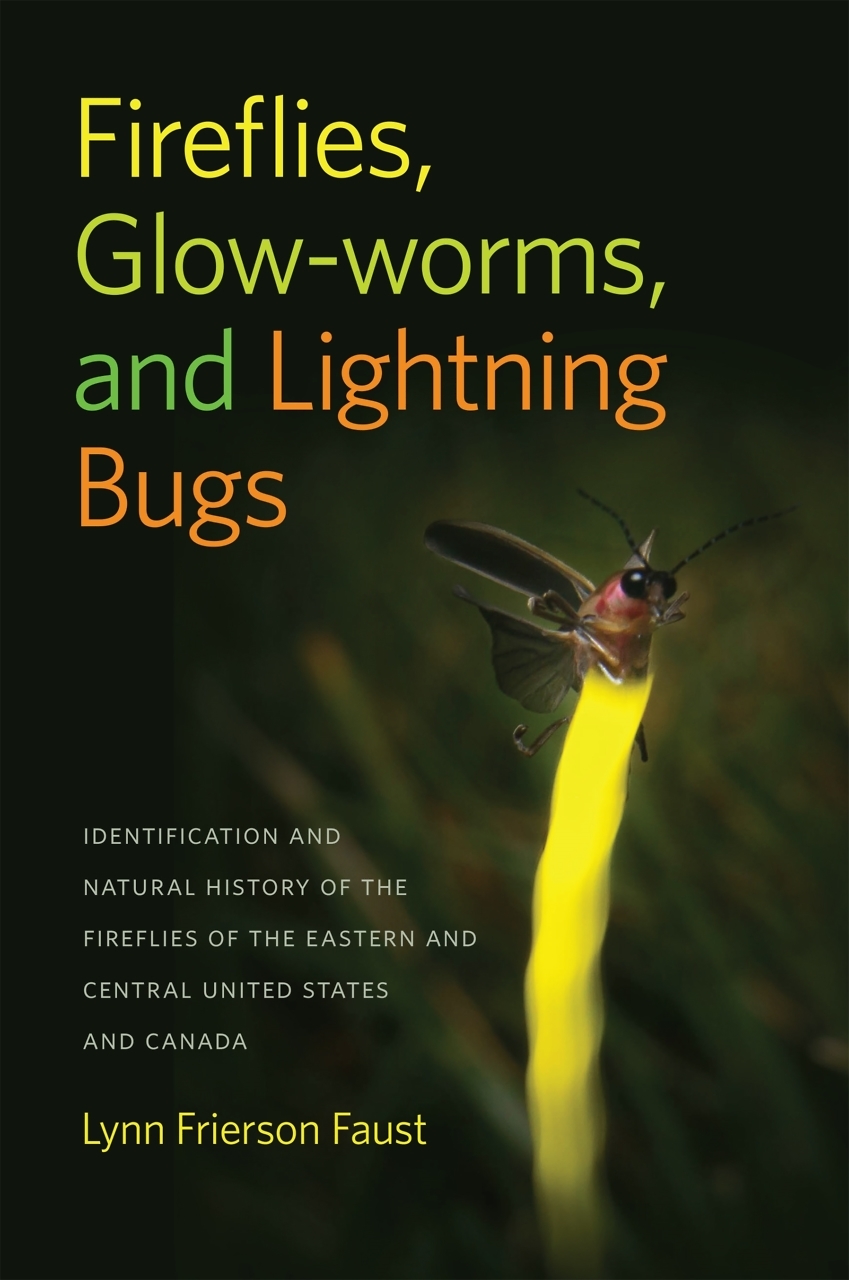A Season of Storms
Jennifer Haigh’s Mercy Street considers the battle over abortion
Jennifer Haigh’s new novel Mercy Street begins in January 2015 as Boston is hit by the snowiest winter in 364 years or “roughly how long people have been complaining about the weather here.” Locals find words like “severe” or “powerful” or “wicked” insufficient to describe the storms. “Boston — not the jolliest city on its best day — was feeling cantankerous,” Haigh writes. “Resentment hung in the air like a toxic gas.”

The adverse weather intensifies the novel’s action, which circles around a health clinic near Boston Common that provides services for mental illness, addiction, and prenatal care, among other things. Its sign reads “Women’s Options,” but everyone calls it Mercy Street, and everyone knows that its real business is abortion — “AB” in the parlance of counselors. The clinic’s nickname, which echoes an Anne Sexton poem (which in turn inspired a Peter Gabriel song), carries diametrically opposed meanings, a beacon of hope or ironic malevolence, depending on characters’ attitudes toward AB. Outside the clinic, protesters shout imprecations at young women, trying to intimidate them; inside, patients receive calm guidance from experienced professionals, such as the novel’s protagonist Claudia Birch, who have built shields to deflect the venom and misinformation.
From Claudia’s work at the clinic, the novel radiates outward, to her family background and the romantic misadventures that have led her to be single and childless at 43. Haigh introduces us to Claudia’s weed dealer, Timmy, and to one of his regular customers, Anthony, who happens to be among Mercy Street’s regular protesters. The fourth principal, Victor, a retired long-haul trucker with a criminal history, recruits Anthony to contribute photos to the website “Hall of Shame,” whose explicit purpose is to mortify women — specifically white women — into carrying their fetuses to full term.
Haigh’s sympathies are not equally divided. Claudia’s work with troubled women and her own attempts to reconcile the abuse and neglect she suffered as a child receive the author’s full compassion, whereas the men, though rendered believably, sit blinkered on the margins of society, their crises largely self-created. The epigraph from Sexton, patron saint of forlorn women, signals Haigh’s investment in female subjects struggling to find their way.
Their paths are made harder by a consumer culture designed to make girls insecure, thus pressuring them to keep up with the latest in fashion and beauty products, an industry Claudia knows from her early work at a glossy magazine that perpetuated the myth of fabricated youth. She helped guide readers toward expensive solutions for the “care and maintenance” of female bodies. “You taught them what to want and so they wanted it,” Claudia recalls.
 In contrast to the women she counsels, Claudia has created a sedate life for herself. Gone are the ecstasy-seeking nights of her 20s and the years spent looking for a second mate after marriage to “starter husband” Phil petered out. These days she enjoys the occasional hook-up with divorced men whose co-parenting duties prohibit romantic commitments. “Like a city gardener who grows tiny tomatoes in clay pots, she had realistic expectations,” Haigh writes. Claudia tells her colleagues that she’s considering getting out of the game entirely — “they can retire my number” — before events in her private life take a shocking turn.
In contrast to the women she counsels, Claudia has created a sedate life for herself. Gone are the ecstasy-seeking nights of her 20s and the years spent looking for a second mate after marriage to “starter husband” Phil petered out. These days she enjoys the occasional hook-up with divorced men whose co-parenting duties prohibit romantic commitments. “Like a city gardener who grows tiny tomatoes in clay pots, she had realistic expectations,” Haigh writes. Claudia tells her colleagues that she’s considering getting out of the game entirely — “they can retire my number” — before events in her private life take a shocking turn.
As in Heat & Light, Mercy Street addresses hot-button issues (including — in addition to abortion — gun rights, drug legalization, and the Catholic Church’s sexual abuse scandal) through the prism of individual lives. Though the reader never doubts the value of clinics like the fictional Mercy Street, Haigh takes the time to reveal how anti-abortion activists reach the point where extreme action seems reasonable. With unflinching honesty, she channels the voices of angry, lonely men who choose extra-legal means to stop the “carnage” of abortion. Haigh’s work deserves mention among the social-issue fiction of previous centuries (more Willa Cather than Margaret Atwood). In her appeal for understanding reproductive issues from the perspective of urban clinics, Haigh’s novel feels like an impassioned screed akin to Richard Powers’ Operation Wandering Soul.
Haigh depicts a broad spectrum of sexism, including casual profanity that reduces women, via offensive synecdoche, to body parts. Women are called “whores” for leaving their families, regardless of the mistreatment they endure. It’s a measure of Haigh’s balance as a writer that she conveys the vulnerability of being a woman but maintains a note of optimism and a comic air. The problems are heavy, but the prose remains light.
As the stories coil together, the tension increases until a violent climax seems inevitable. Through it all, though, Haigh stays focused on the characters’ inner states. The four central figures formulate visions of improved futures — more stability, warmth, justice — but struggle to realize them. How we ride out the “season of storms,” Haigh implies, is largely up to us.

Sean Kinch grew up in Austin and attended Stanford. He earned a Ph.D. from the University of Texas. He now teaches English at Montgomery Bell Academy in Nashville.


